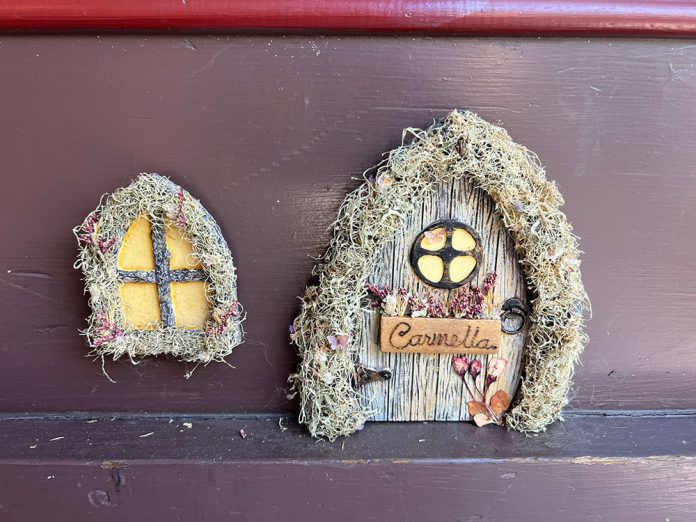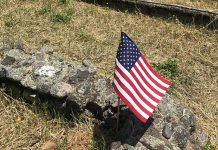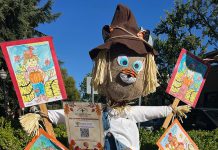
By Pierre Ratte
There is a new smoothie shop in town. It’s Carmella. It offers up cold-pressed juices, smoothies and what they call “smoothie bowls,” essentially whole-fruit smoothie elements in a bowl. All the drinks and bowls are plant-based and natural. Even the plant-based milk choices (yum) are homemade. Oh, and the smoothie recipes—next level. Check Carmella out on the east side of the Plaza.
Not long after Carmella opened, a fairy door arrived. Not all shops get them, but many fave places in Healdsburg are blessed with them. Fairy doors started to appear in Healdsburg in 2017. Those who look carefully might spot them. People can ask, but they may not find the secretive artist responsible for these creations. The doors appear and change, as if by magic.
Fun Facts: Fairies are a part of folklore in many cultures. Typically, they are spritely, small creatures with magical qualities and a penchant for frivolity and trickery. Leprechauns in Ireland are a type of fairy; so are the Menehune of Hawaii. Peter Pan is not a fairy, though Tinker Bell is. J.M. Barrie describes Peter as “betwixt and between” a boy and bird—he escapes his nursery as a 7-day-old and is raised by birds and fairies in Kensington Gardens.
The inspiration for this character was Barrie’s brother, who tragically died in an ice-skating accident. Dying one day short of his 13th birthday, flying about on skates, he was remembered affectionately by his mother and brother as the boy who never had to grow up. J.M. Barrie willed the copyright revenue from Peter Pan to the Great Ormond Street Hospital—the first to specifically provide in-patient beds for children. The U.K Copyright Act created an extension and exception in 1988 for the hospital to receive royalties from Peter Pan in perpetuity.
The play debuted in 1904 around Christmas in London as Peter Pan, or the Boy Who Wouldn’t Grow Up. It was an astonishing success; characters flying on stage were not common. Walt Disney saw the play starring Maude Adams in Marceline, Missouri, when he was about 9 years old. A year or so later, Walt was cast as Peter Pan in an elementary school production. As an adult, Disney spent four years acquiring film rights and succeeded in 1939. The film Disney produced grossed $87.4 million on a $4 million budget in 1953.








